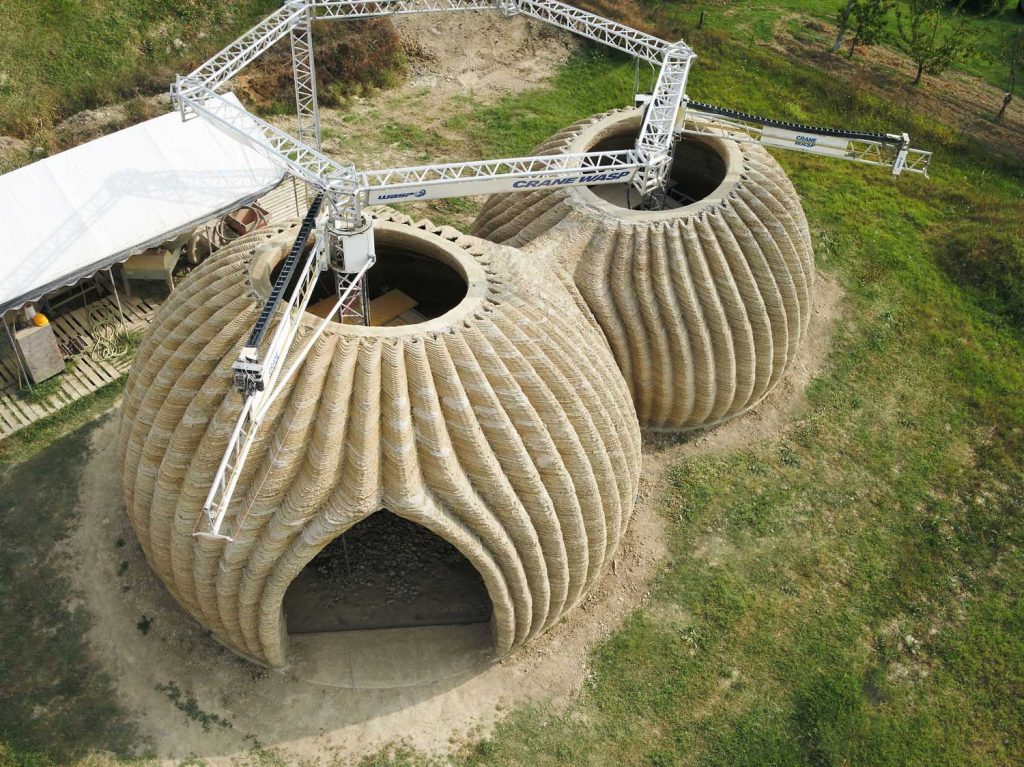var numLines = 30
function setup() {
createCanvas(300, 400);
background(220);
}
function draw() {
//top rock thing
eastern(150,0,0,0, 0,0,0,50, 20) //left top
eastern(150,0,300,0, 300,0,300,50, 20) //left bottom
eastern(0,50,0,100, 0,100,150,100, 20) //right top
eastern(300,50,300,100, 300,100,150,100, 20) //right bottom
//middle rock thing
eastern(150,100,-150,150, -150,150,150,200, 20) //left
eastern(150,100,450,150, 450,150,150,200, 20)
//bottom rock thin
eastern(0,200,150,200, 0,300,0,200, 20) //top left
eastern(0,300,0,400, 0,400,150,400, 20) // bottom left
eastern(150,200,300,200, 300,200,300,300, 20) // top right
eastern(150,400,300,400, 300,400,300,300, 20) // bottom right
//middle traingle thing
eastern(0,300,300,300, 150,0,150,200, 4)
eastern(300,300,0,300, 150,0,150,200, 4)
eastern(300,300,0,300, 150,0,150,0, 3)
eastern(0,400,300,400, 300,0,0,0, 2)
}
function eastern(X1, Y1, X2, Y2, X3, Y3, X4, Y4, numLines) {
line(X1, Y1, X2, Y2)
line(X3, Y3, X4, Y4)
var dx1 = (X2 - X1)/numLines
var dy1 = (Y2 - Y1)/numLines
var dx2 = (X4 - X3)/numLines
var dy2 = (Y4 - Y3)/numLines
for ( var i = 0; i <= numLines; i ++) {
line(X1, Y1, X3, Y3);
X1 += dx1
Y1 += dy1
X3 += dx2
Y3 += dy2
}
}
Author: Frank
Looking Outward-04
Francesco Mauro
Section D
I looked into the music of Robert Henke, and enjoyed it. The music has a wide dramatic sound, and invokes some sort of primal feeling. It feels immersive and vast. One of his songs sounded like you were standing on the edge of that one cavern from planet earth looking down. He is a minimalist from Germany, and it matches well with his computational music making. The absolute minimalism makes me feel like I’m listening for the truth within each sound. The control he obviously has on each sound allows slight movements to feel like massive musical sweeps. He speaks about his creation involving a tweaking and tuning of algorithms looking for patterns that are pleasing. Looking for an unexpected effect within the rigid parameters. A very approachable method.
LO: Art and industry
I saw a project testing done by an Italian startup company, called Wasp, designing and making 3D printed houses. It stood out t0 me for several reasons. First the promise of affordable housing due to the fact that much of the labor is done computationally. Secondly, it was much more aesthetically pleasing to me than other 3d printed house prototypes I had seen. 3D printed houses have some obvious characteristics, like the layering for example, and many see them as a drawback. Wasp, rather than disguising the fact that it was 3d printed, designed a house that complimented the characteristics of the process. A design that took advantage of the more unusual, non-rectilinear forms you can afford to create when the labor is computationally driven, and was allegedly inspired by mason wasp nests. A great example of working well within the constraints given, like we have the opportunity to do when making art using js draw.
The original creators were a designer daughter and electrical technician father who were inspired when messing around with 3d printers. They got their start by adapting the technology of plastic 3d printers to a different extruder that could be used with clay. They made and sold ceramics this way. Developing the technique to print a full house took 9 years.
While the project probably did involve some custom software, I did not find any specific mention of it. I did see that they were using grasshopper, a fairly common program for architects. I was originally exposed to the project on youtube at: https://www.youtube.com/watch?v=4MLJs1KRa0Y

![[OLD SEMESTER] 15-104 • Introduction to Computing for Creative Practice](https://courses.ideate.cmu.edu/15-104/f2022/wp-content/uploads/2023/09/stop-banner.png)